Ti45Nb-Pulver für die additive Fertigung
Ti45Nb-Pulver, ein Wunderwerk der Materialwissenschaft, schlägt Wellen im Bereich der additiven Fertigung.
| Metallpulver | Größe | Menge | Preis/kg |
| Ti45Nb | 15-45um | 30KG | 499 |
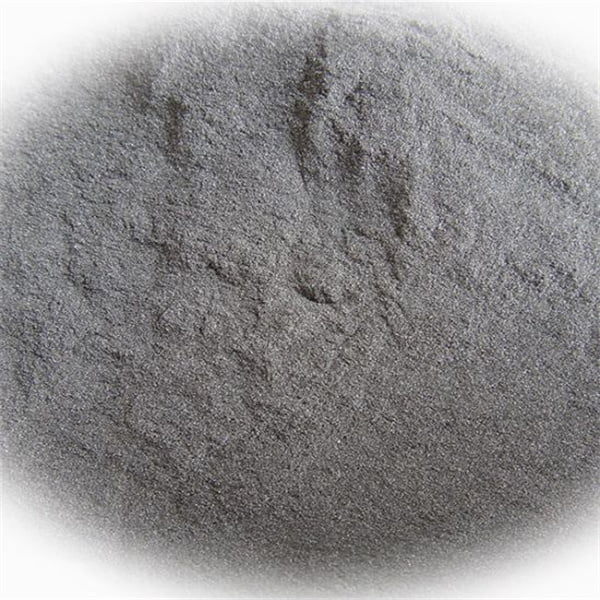
Stellen Sie sich vor, Sie bauen komplexe Metallstrukturen Schicht für Schicht auf, wie ein Kochmeister, der einen herrlichen Kuchen backt. Das ist die Essenz von Wire Arc Additive Manufacturing (WAAM), einer revolutionären 3D-Drucktechnologie, die die Art und Weise, wie wir Metallteile herstellen, verändert. Dieser umfassende Leitfaden wird Sie in die faszinierende Welt von WAAM eintauchen lassen und
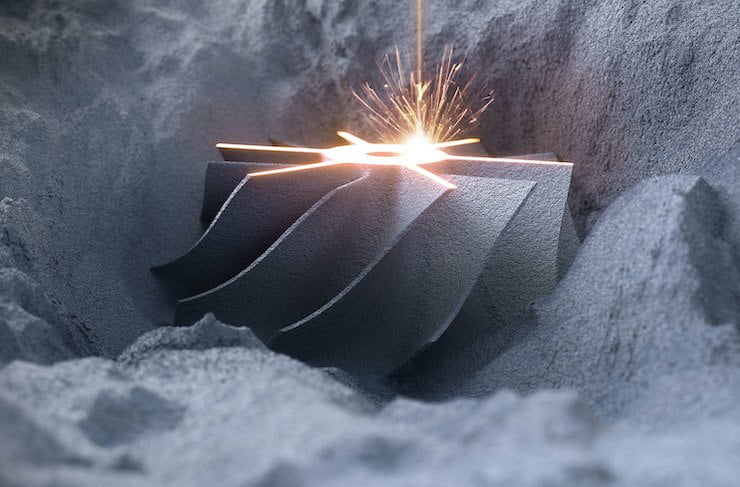
Stellen Sie sich vor, Sie bauen große, robuste Metallteile Schicht für Schicht, nicht durch subtraktive Fertigungstechniken wie Zerspanung, sondern durch sorgfältiges Hinzufügen von Material. Diese transformative Technologie heißt Wire Arc Additive Manufacturing (WAAM) und wird die Art und Weise, wie wir kritische Komponenten in verschiedenen Branchen herstellen, grundlegend verändern. Das Funktionsprinzip von Wire Arc Additive Manufacturing WAAM,

Stellen Sie sich eine Welt vor, in der komplexe Objekte Schicht für Schicht entstehen, nicht durch Zauberei, sondern durch die Wunder des 3D-Drucks. In diesem Bereich gibt es zwei starke Konkurrenten: Material Jetting und Directed Energy Deposition (DED). Beide nutzen additive Fertigungsprinzipien, aber ihre Ansätze unterscheiden sich, was zu unterschiedlichen Vorteilen und Einschränkungen führt.

Imagine a world where complex molds and tools can be built with near-unparalleled freedom of design, reduced lead times, and minimized material waste. This isn’t science fiction; it’s the reality offered by Directed Energy Deposition (DED), a revolutionary additive manufacturing (AM) technology poised to transform the manufacturing landscape. DED, also
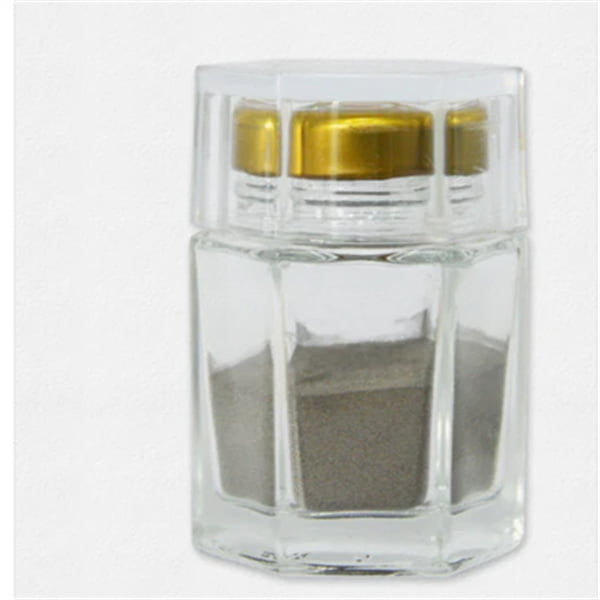
Imagine a world where damaged bones can be repaired with implants perfectly customized to fit your unique anatomy. A world where surgeons wield tools built layer-by-layer to match the intricate needs of complex procedures. This future is rapidly approaching, thanks to the innovative technology known as Directed Energy Deposition (DED).

The automotive industry is in a constant state of flux, driven by relentless demands for lighter, stronger, and more fuel-efficient vehicles. Enter Directed Energy Deposition (DED), a revolutionary additive manufacturing (AM) technology poised to transform the way cars are built. Imagine a process that builds complex metal parts layer by
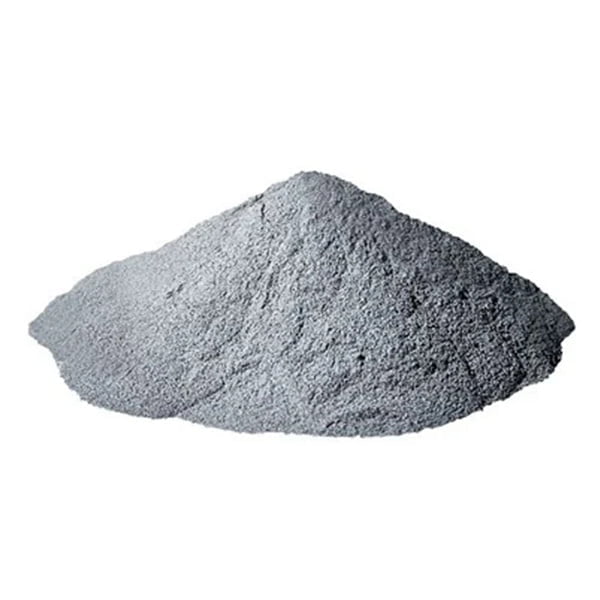
Imagine a world where complex aircraft components can be built layer by layer, on-demand, with minimal waste. This isn’t science fiction; it’s the reality of Directed Energy Deposition (DED), a cutting-edge additive manufacturing (AM) technology rapidly transforming the aerospace industry. DED, also known as Laser Engineered Net Shaping (LENS), utilizes
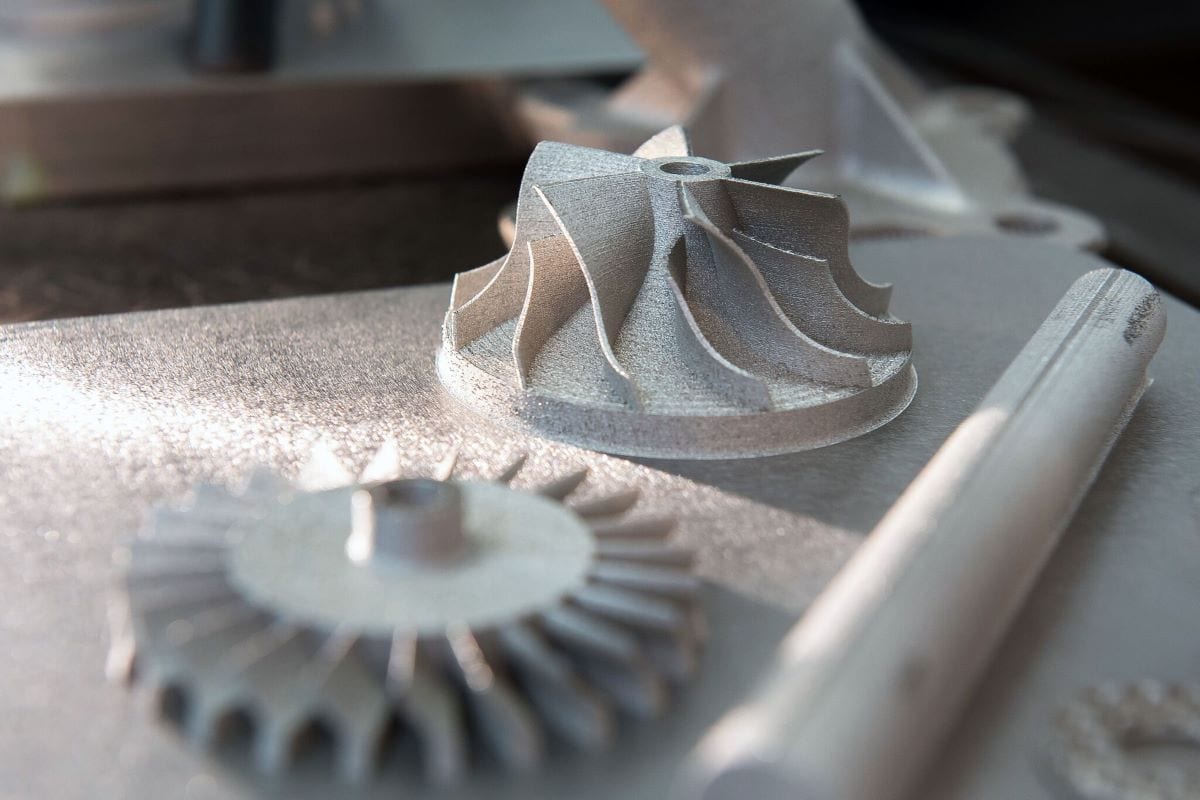
Imagine building complex metal structures layer by layer, with precise control over material properties and minimal waste. This isn’t science fiction; it’s the reality of Directed Energy Deposition (DED), a revolutionary 3D printing technology that’s transforming the manufacturing landscape. Directed Energy Deposition, also known by terms like Laser Engineered Net

Imagine a world where crafting intricate prototypes is as seamless as printing a document. Material jetting, a revolutionary 3D printing technology, transforms this vision into reality. By meticulously depositing droplets of photopolymer resin layer by layer, material jetting unlocks a treasure trove of possibilities for rapid prototyping. Buckle up, as
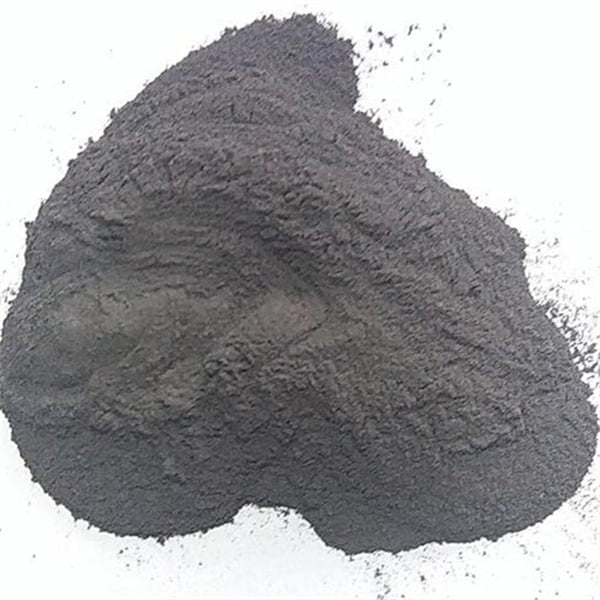
Imagine a printer that doesn’t just lay down ink on paper, but builds intricate objects layer by layer, like a tiny sculptor wielding liquid building blocks. That’s the essence of material jetting, a revolutionary 3D printing technology that’s transforming design and manufacturing across industries. Material Jetting: A Miniature Inkjet Revolution
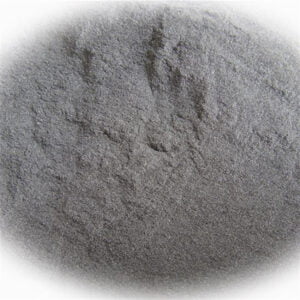
Imagine building complex metal structures layer by layer, like a culinary master crafting a magnificent cake. That’s the essence of Wire Arc Additive Manufacturing (WAAM), a revolutionary 3D printing technology that’s transforming the way we create metal parts. This comprehensive guide will delve into the captivating world of WAAM, taking you on a journey from

Imagine building large, robust metal parts layer by layer, not through subtractive manufacturing techniques like machining, but by adding material meticulously. This transformative technology is Wire Arc Additive Manufacturing (WAAM), poised to reshape how we create critical components across various industries. The Working Principle of Wire Arc Additive Manufacturing WAAM, also known as Directed Energy

Imagine a world where complex objects materialize layer by layer, not through magic, but through the marvels of 3D printing. Within this realm exist two powerful contenders: Material Jetting and Directed Energy Deposition (DED). Both utilize additive manufacturing principles, but their approaches diverge, leading to distinct advantages and limitations. So, which champion reigns supreme for

Imagine a world where complex molds and tools can be built with near-unparalleled freedom of design, reduced lead times, and minimized material waste. This isn’t science fiction; it’s the reality offered by Directed Energy Deposition (DED), a revolutionary additive manufacturing (AM) technology poised to transform the manufacturing landscape. DED, also known as Laser Metal Deposition
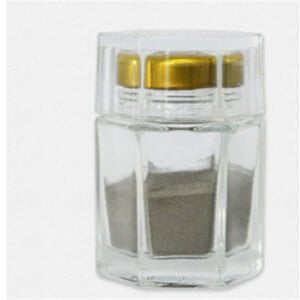
Imagine a world where damaged bones can be repaired with implants perfectly customized to fit your unique anatomy. A world where surgeons wield tools built layer-by-layer to match the intricate needs of complex procedures. This future is rapidly approaching, thanks to the innovative technology known as Directed Energy Deposition (DED). DED, also sometimes referred to

The automotive industry is in a constant state of flux, driven by relentless demands for lighter, stronger, and more fuel-efficient vehicles. Enter Directed Energy Deposition (DED), a revolutionary additive manufacturing (AM) technology poised to transform the way cars are built. Imagine a process that builds complex metal parts layer by layer, offering unparalleled design freedom
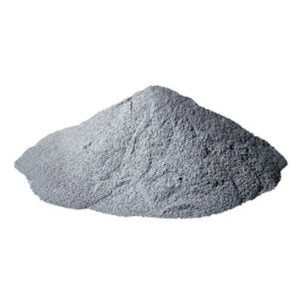
Imagine a world where complex aircraft components can be built layer by layer, on-demand, with minimal waste. This isn’t science fiction; it’s the reality of Directed Energy Deposition (DED), a cutting-edge additive manufacturing (AM) technology rapidly transforming the aerospace industry. DED, also known as Laser Engineered Net Shaping (LENS), utilizes a focused energy source, like
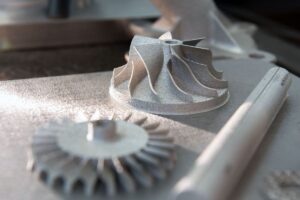
Imagine building complex metal structures layer by layer, with precise control over material properties and minimal waste. This isn’t science fiction; it’s the reality of Directed Energy Deposition (DED), a revolutionary 3D printing technology that’s transforming the manufacturing landscape. Directed Energy Deposition, also known by terms like Laser Engineered Net Shaping (LENS) or Direct Metal
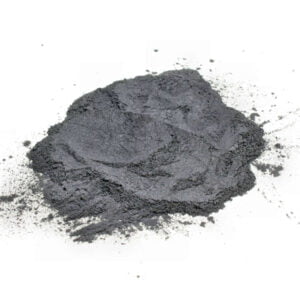
Imagine a world where crafting intricate prototypes is as seamless as printing a document. Material jetting, a revolutionary 3D printing technology, transforms this vision into reality. By meticulously depositing droplets of photopolymer resin layer by layer, material jetting unlocks a treasure trove of possibilities for rapid prototyping. Buckle up, as we delve into the captivating
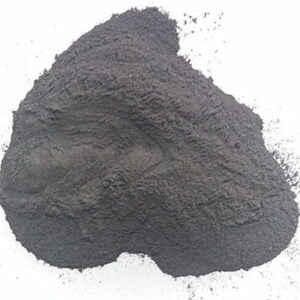
Imagine a printer that doesn’t just lay down ink on paper, but builds intricate objects layer by layer, like a tiny sculptor wielding liquid building blocks. That’s the essence of material jetting, a revolutionary 3D printing technology that’s transforming design and manufacturing across industries. Material Jetting: A Miniature Inkjet Revolution Material jetting works similarly to

Ti45Nb-Pulver, ein Wunderwerk der Materialwissenschaft, schlägt Wellen im Bereich der additiven Fertigung.
| Metallpulver | Größe | Menge | Preis/kg |
| Ti45Nb | 15-45um | 30KG | 499 |

Spherical Stainless Steel Powder 15-5PH gehört zur angesehenen Familie der ausscheidungshärtenden (PH) Edelstähle. Wie der Name schon sagt, hat das Pulver eine kugelförmige Form, die für einen reibungslosen Fluss und eine außergewöhnliche Leistung in additiven Fertigungsverfahren wie Laserstrahlschmelzen (LBM) und Elektronenstrahlschmelzen (EBM) entscheidend ist.

410L-Edelstahlpulver ist eine Art von Metallpulver, das für seine gute Ausgewogenheit von Festigkeit, Härte und angemessener Korrosionsbeständigkeit bekannt ist. Es wird häufig in additiven Fertigungsverfahren wie dem Metallspritzguss (MIM) verwendet, um komplexe und endkonturnahe Bauteile herzustellen.
Haben Sie Fragen? Senden Sie uns jetzt eine Nachricht! Wir werden Ihre Anfrage mit einem ganzen Team nach Erhalt Ihrer Nachricht bearbeiten.
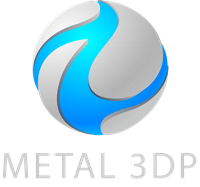
Metallpulver für 3D-Druck und additive Fertigung